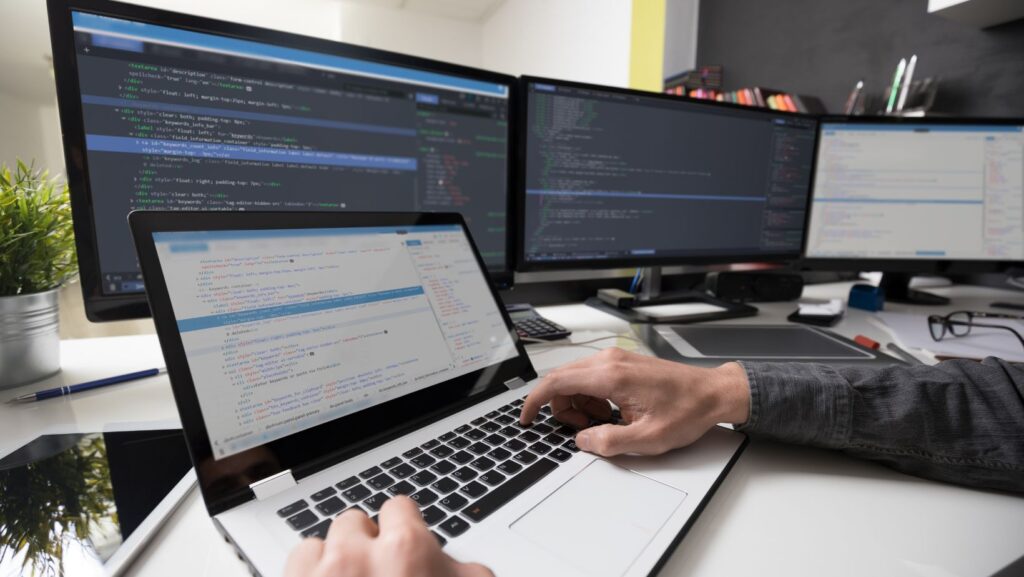Block Based Programming
As someone deeply immersed in the world of coding, I’ve witnessed the rise of block based programming with great enthusiasm. It’s a revolutionary approach that simplifies coding by breaking down complex tasks into manageable blocks. This method appeals to beginners and seasoned developers alike, offering a user-friendly way to create powerful programs.
I’ve delved into the realm of block based programming and discovered its remarkable potential to nurture creativity and problem-solving skills. With visual blocks representing code concepts, it’s like solving a puzzle to bring your ideas to life. Whether you’re a student taking your first steps in programming or a professional seeking innovative solutions, block based programming opens up a world of possibilities.
In this article, I’ll guide you through the intricacies of block based programming, exploring its benefits, applications, and how it’s shaping the future of coding. Join me on this journey as we unravel the magic of block based programming together.
Overview of Block Based Programming
Definition and Concept
Block based programming is a coding methodology that involves dragging and connecting visual blocks to create code instead of typing out text. It’s designed to simplify programming concepts and make it more accessible to beginners by breaking down complex coding tasks into smaller, more manageable blocks. It allows users to focus on the logic of their code without getting bogged down by syntax errors, making it easier to learn the fundamentals of programming.
- Simplified Learning: Ideal for beginners to grasp programming concepts without the steep learning curve.
- Visual Representation: Offers a visual way to understand and manipulate code blocks, aiding in better comprehension.
- Error Reduction: Minimizes syntax errors by restricting users to connect compatible blocks only.
- Engaging and Interactive: Makes coding fun and interactive, especially for younger learners.
- Encourages Logical Thinking: Promotes problem-solving skills by breaking down tasks into logical sequences.

Popular Block Based Programming Languages
When it comes to block based programming languages, there are several popular options that cater to different age groups and skill levels. Let’s dive into a few notable ones:
Scratch
Scratch, developed by the MIT Media Lab, is one of the most widely used block-based languages for beginners. It features a user-friendly interface with drag-and-drop blocks, making it ideal for young learners to create animations, games, and interactive stories.
Blockly
Blockly, created by Google, is another versatile block-based language used in educational settings. It offers a customizable visual programming environment that can be integrated into various platforms to teach coding concepts in a fun and interactive way.
Swift Playgrounds
Swift Playgrounds is Apple’s platform that introduces programming using the Swift language through interactive lessons and challenges. It is designed to help users of all ages learn coding fundamentals and gradually transition to writing Swift code.
|
Language |
Creator |
Main Use |
|
Scratch |
MIT Media Lab |
Games, animations, stories |
|
Blockly |
|
Educational programming |
|
Swift Playgrounds |
Apple |
Introduction to Swift programming |

Implementing Block Based Programming in Education
Integration in Curriculum
When implementing block based programming in education, it’s crucial to integrate it seamlessly into the curriculum. Incorporating it across subjects and grade levels enhances students’ skills in problem-solving and logical thinking.
Engaging Students
Engaging Students through interactive activities and challenges is key. Encouraging creativity and collaboration in coding projects fosters interest and enthusiasm for learning.
Incorporating block based programming in education is a game-changer. It offers a dynamic approach to learning that boosts problem-solving abilities, logical thinking, creativity, and collaboration. By engaging students in interactive activities, we can instill a passion for coding and technology early on. This seamless integration across subjects and grade levels ensures a well-rounded educational experience. As educators, we have the power to shape the future by equipping students with the skills they need to thrive in a digital age. Embracing block based programming opens doors to endless possibilities and empowers the next generation of innovators. Let’s continue to nurture curiosity and inspire a love for learning through this innovative teaching method.

